The trek to Franz Josef Glacier was rough. There was no vegetation along the way, just rocks and soil debris moving beneath our feet. On the bedrock surface were long parallel scratches, attributing to a slow but powerful glacial motion.
I had thought we could set foot on the glacier. But beyond the terminal face, the only way of doing so was through a helicopter & hiking tour which costs some five hundred dollars. We were told that the glacier had been fenced off to protect visitors from ice or rocks falls. So we settled a stone seat outside the barrier to appreciating the free view.
 Franz Josef Glacier
Franz Josef Glacier
That same day we drove south just half an hour to see Fox Glacier, the longest and the fastest moving in the West Coast region. The track was not as bumpy, much shorter, and accessible to people of all ages. Yes, we even came across a family pushing the baby stroller uphill. But I have to be honest, the view from the terminal face was disappointing. The sight of the famous Fox glacier was not very clear even on a beautiful day – partly because the lookout point was so far away, and that the glacier itself has retreated so rapidly.
 Fox Glacier
Fox Glacier
Following the West Coast, we went down to the southernmost part of the South Island and only got the chance to see more glaciers at the end of our three-week trip. As much as the media loved the first two, my favourite was the hanging glaciers flowing through Mt. Cook. We were fortunate to see Mueller glacier at its best as the clouds were blending beautifully with the crystal glacial ice and rocky mountains. Mueller was clearly visible along the Hooker Valley Track, and the surrounding landscape just magnified its beauty.
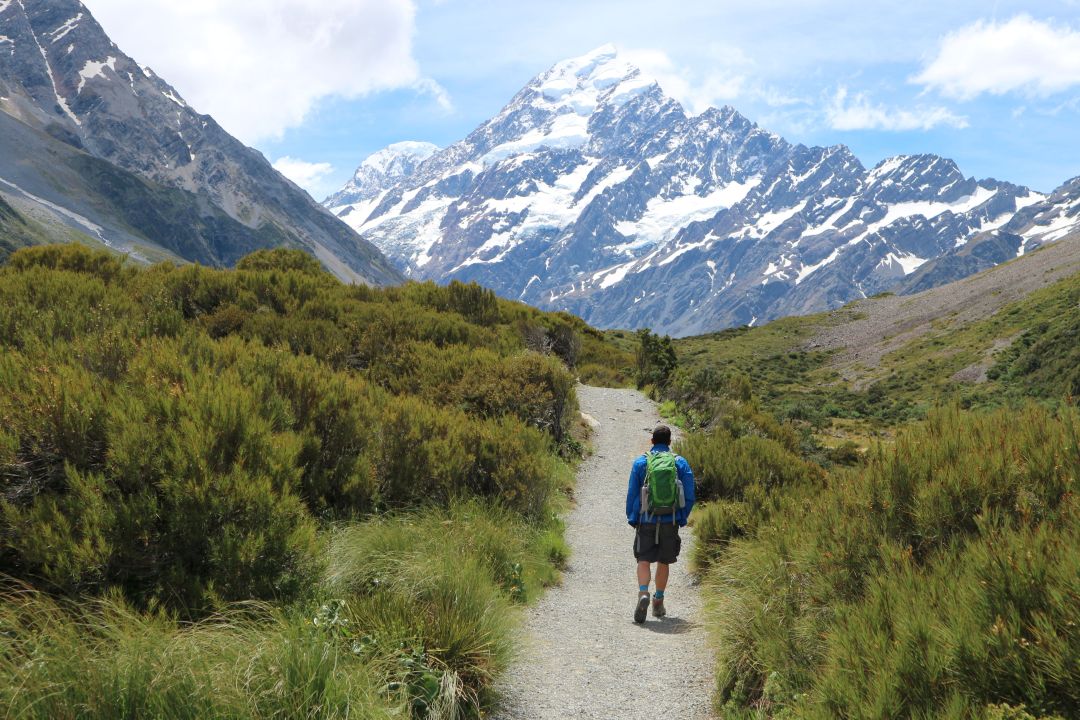


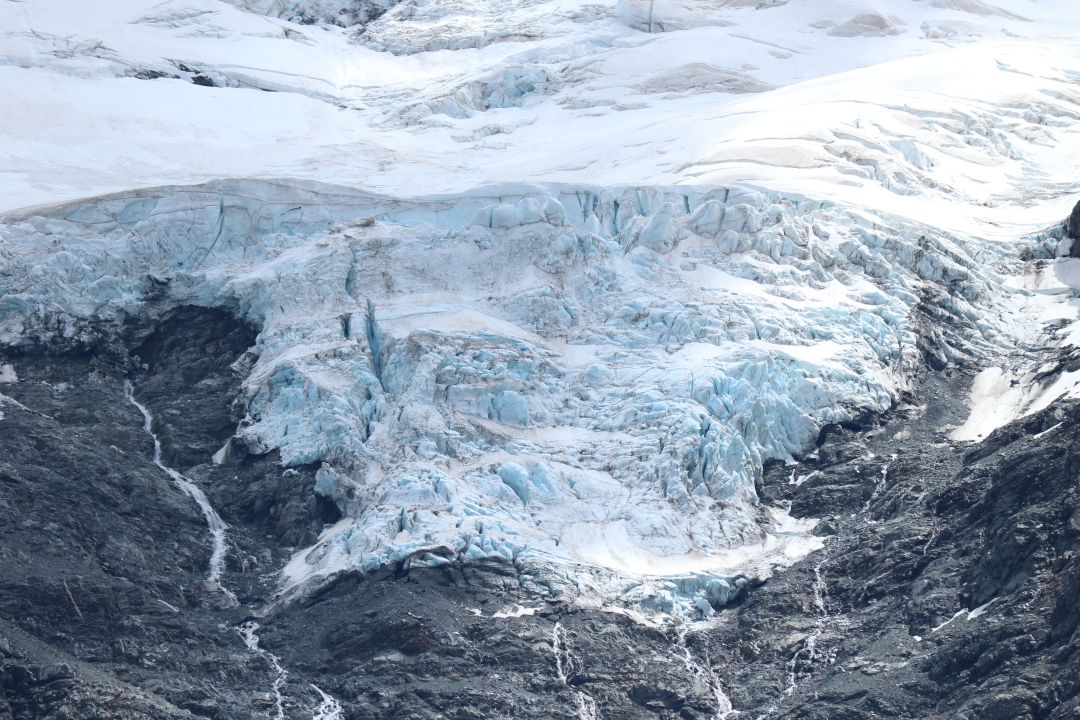 Mueller Glacier
Mueller Glacier
From the Hooker village, it was just a short drive before we got to see more natural wonders. A well-formed track led us to the Tasman Glacier viewpoint which looked down on a milky-colored lake and several peaks in the Southern Alps. Some of the icebergs here have been around for centuries. The terminal lake, however, was only formed a few decades ago from the Tasman glacier’s meltwater. This lake was born because of the glacial retreat, and it tends to grow bigger as the glacier melts.
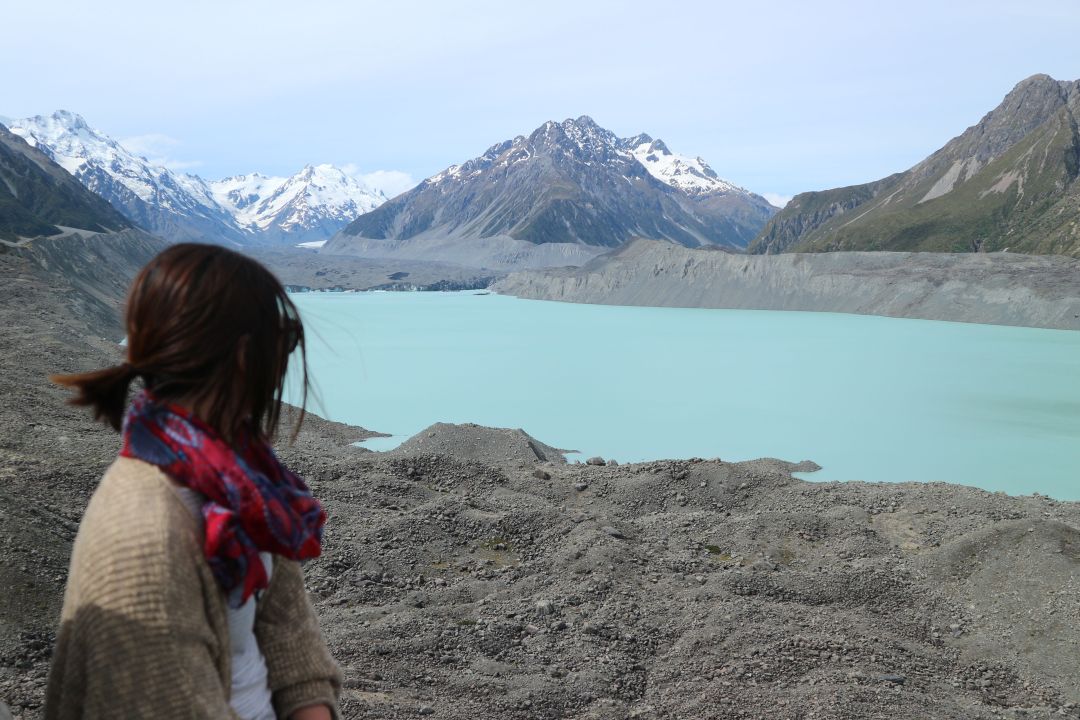
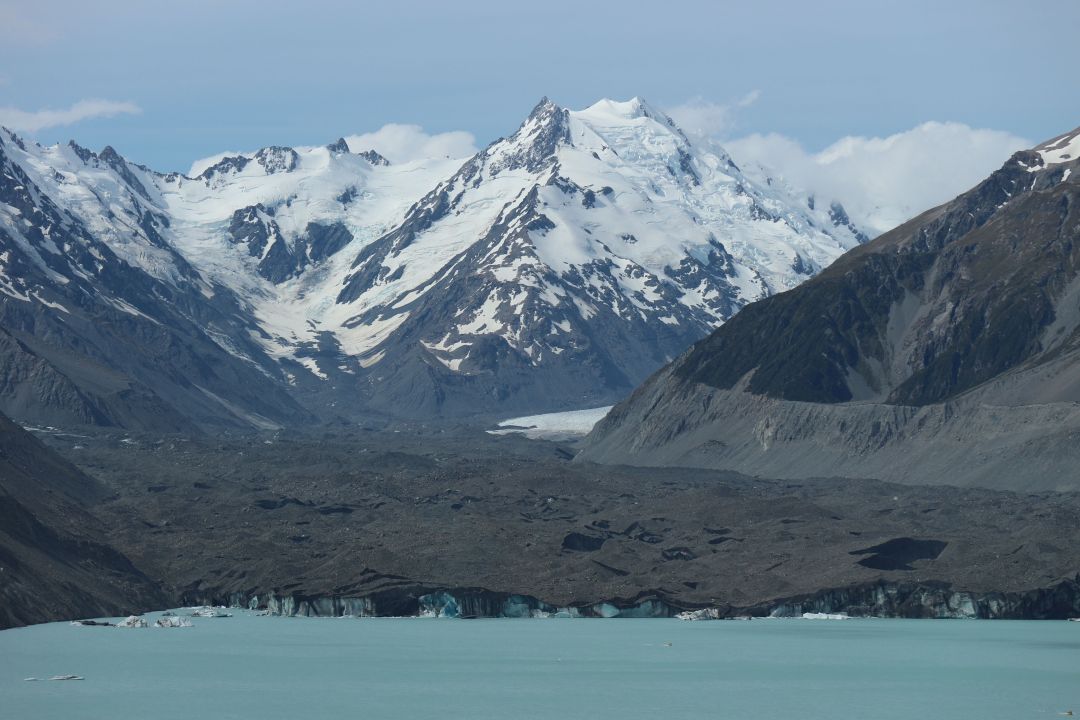
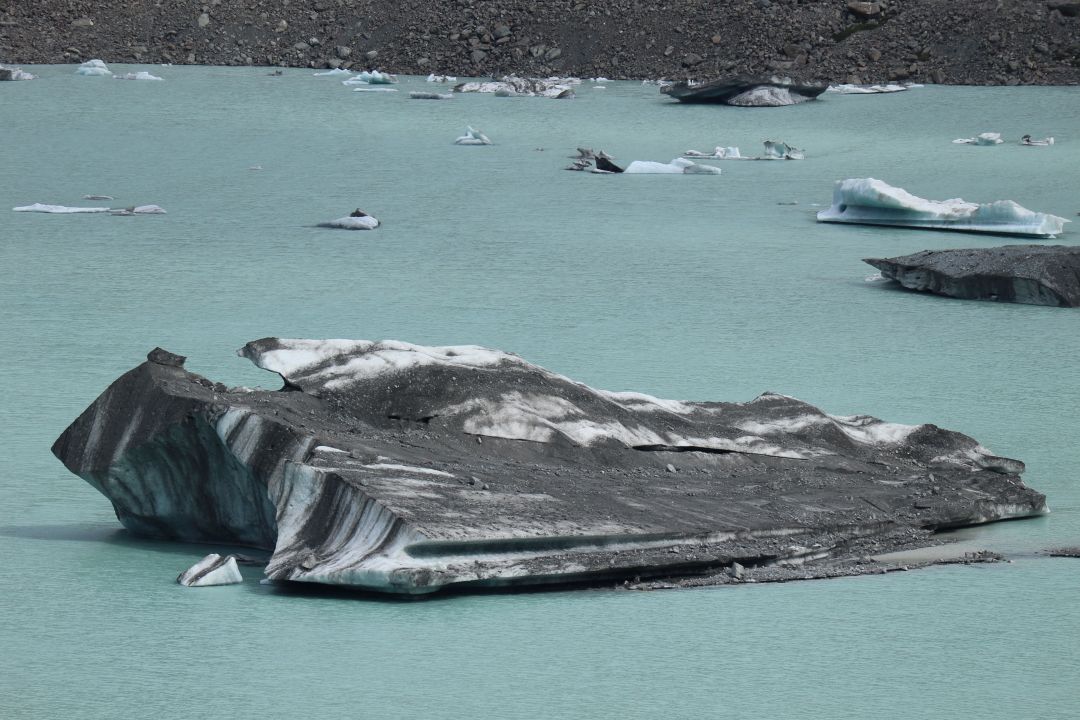 View from the Tasman Glacier Walkway
View from the Tasman Glacier Walkway
We couldn’t afford to land on the glaciers from a helicopter, but the views from the designated lookout points weren’t so bad too, were they?

Beautiful glacier shots!
LikeLiked by 1 person
Thank you:)
LikeLike